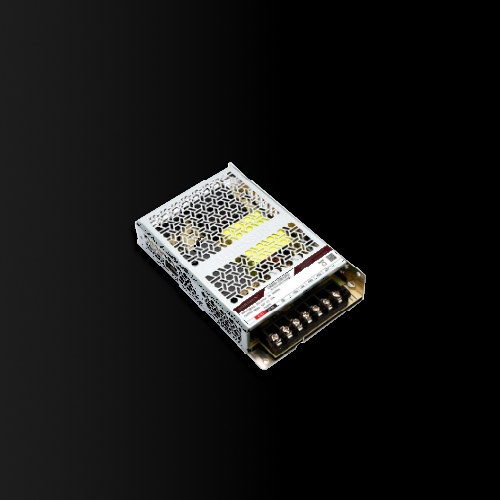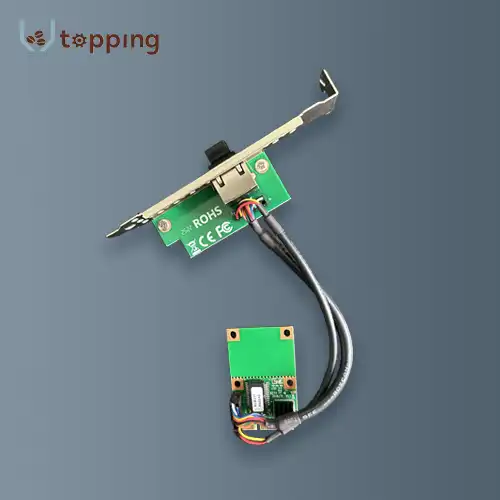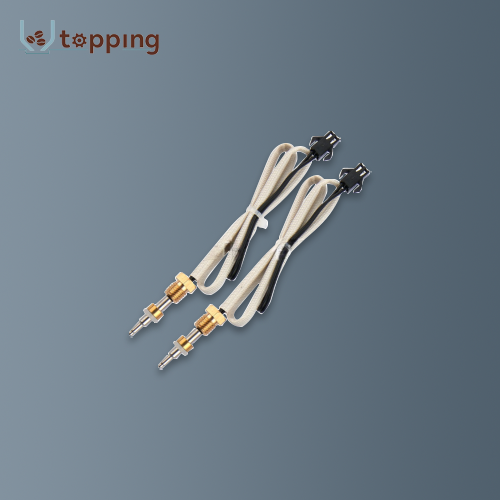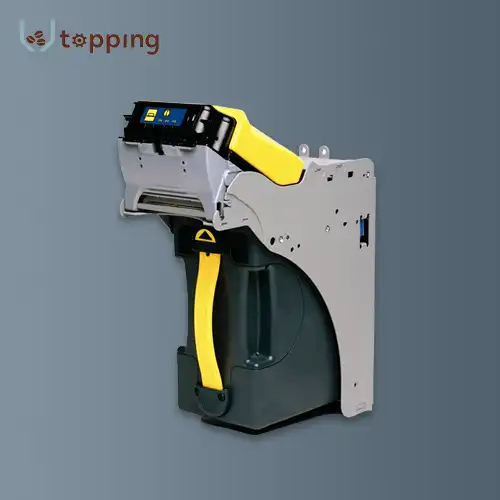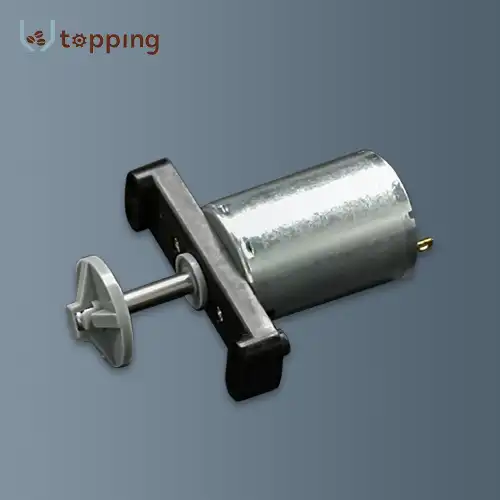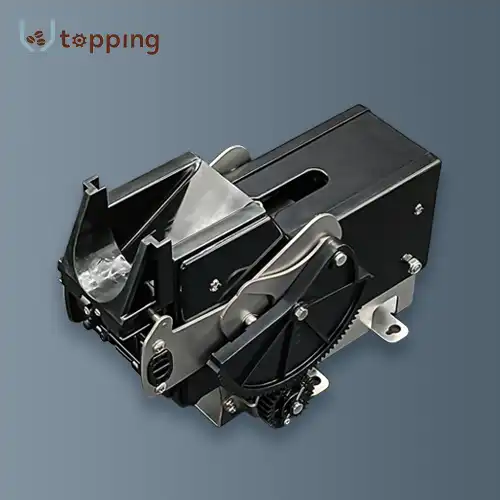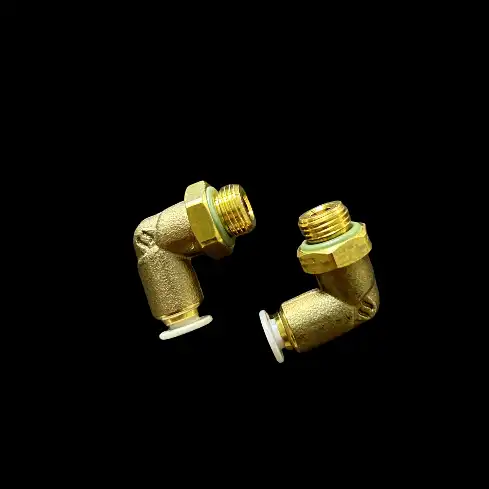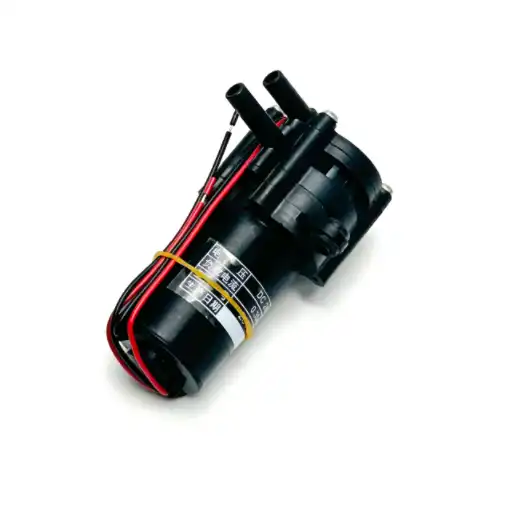How do you ensure the stability and durability of the vending machine board?
2024-08-26 10:50:39
1. Select the right materials
Ensuring the stability and durability of vending machine boards starts with selecting the right materials. The choice of materials significantly impacts the board's performance, longevity, and resistance to environmental factors. The base material of the printed circuit board (PCB) is crucial. FR-4 (Flame Retardant 4) is a popular choice due to its excellent electrical insulation properties, mechanical strength, and resistance to moisture and heat. For vending machines that may be exposed to harsh environments, consider using high-temperature FR-4 or polyimide materials that can withstand extreme conditions.
The selection of copper foil is another critical factor. Thicker copper foils (e.g., 2 oz or 3 oz) can improve current-carrying capacity and heat dissipation, which is particularly important for power circuits in vending machines. However, thicker copper can make fine-pitch routing more challenging, so a balance must be struck based on the specific requirements of the product.
Surface finishes play a crucial role in protecting the copper traces and ensuring good solderability. Common finishes for vending machine boards include Hot Air Solder Leveling (HASL), Electroless Nickel Immersion Gold (ENIG), and Immersion Tin. ENIG is often preferred for its flat surface, which is beneficial for fine-pitch components, and its excellent shelf life. However, it's more expensive than HASL, which might be sufficient for less demanding applications.
For vending machines that may be exposed to moisture or condensation, consider using conformal coatings. These thin polymer films protect the board from environmental contaminants, enhancing its durability. Acrylic, urethane, and silicone are common conformal coating materials, each with its own set of properties suitable for different environmental conditions.
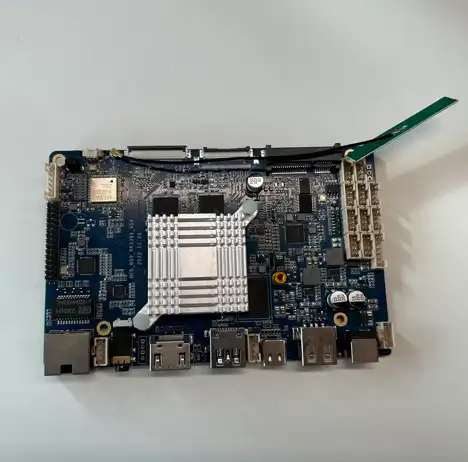
2. Circuit design
The circuit design phase is critical in ensuring the stability and durability of vending machine boards. A well-designed circuit can mitigate many potential issues and enhance the overall reliability of the board. One key aspect is proper power distribution. They often need to handle various voltage levels for different components. Implementing a robust power distribution network with appropriate decoupling capacitors helps maintain stable voltage levels and reduces electromagnetic interference (EMI).
Signal integrity is another crucial consideration. High-speed signals, such as those used in modern user interfaces or payment systems, require careful routing to minimize crosstalk and maintain signal quality. Techniques such as impedance matching, differential pair routing, and proper ground plane design can significantly improve signal integrity.
Implementing protection circuits is essential for enhancing the durability of vending machine boards. These may include overvoltage protection, reverse polarity protection, and electrostatic discharge (ESD) protection circuits. For example, transient voltage suppressors (TVS) can be used to protect sensitive components from voltage spikes, while polyfuses can provide overcurrent protection.
Modular design can improve both the stability and maintainability of vending machine boards. By dividing the board into functional modules (e.g., power supply, control logic, user interface), it becomes easier to isolate and address issues. This approach also allows for easier upgrades or replacements of specific modules without redesigning the entire board.
Consider implementing self-diagnostic features in the circuit design. These can include voltage monitors, temperature sensors, and current sensors that can detect potential issues before they lead to failures. When combined with appropriate firmware, these features can significantly enhance the reliability and ease of maintenance of the vending machine.
3. Component selection
Choosing the right components is crucial for ensuring the stability and durability of vending machine boards. Start by selecting components rated for industrial temperature ranges (-40°C to 85°C or wider) to ensure reliable operation in various environments. Pay attention to the mean time between failures (MTBF) ratings of critical components, opting for those with higher MTBF values to improve overall system reliability.
For capacitors, consider using ceramic or tantalum types for their stability and longevity. Aluminum electrolytic capacitors, while cost-effective, may have shorter lifespans, especially in high-temperature environments. In power circuits, opt for high-quality inductors with appropriate current ratings and low DC resistance to minimize power losses and heat generation.
When selecting integrated circuits (ICs), choose parts from reputable manufacturers known for their quality and reliability. Look for ICs with built-in protection features such as thermal shutdown, overcurrent protection, and ESD protection. For microcontrollers or processors, consider those with watchdog timers and brown-out reset capabilities to enhance system stability.
Connectors are often a weak point in electronic systems. Choose high-quality connectors with appropriate IP (Ingress Protection) ratings for the vending machine's operating environment. Consider using gold-plated contacts for improved corrosion resistance and better electrical contact, especially in environments with high humidity or potential for condensation.
For components that may require future updates or replacements, such as memory chips or certain ICs, consider using socket mounting instead of direct soldering. This can facilitate easier maintenance and upgrades without the need for extensive rework of the board.
4. Thermal management
Effective thermal management is crucial for ensuring the long-term stability and durability of vending machine boards. High temperatures can significantly reduce the lifespan of electronic components and lead to premature failures. Start by identifying heat-generating components on the board, such as power regulators, high-current drivers, and processors. Use thermal simulations during the design phase to predict hot spots and optimize component placement.
Implement proper heat sinking for components that generate significant heat. This might involve using metal-core PCBs for better heat dissipation, or attaching dedicated heat sinks to specific components. For high-power components, consider using thermal vias to conduct heat from the component to a ground plane or dedicated thermal plane.
Airflow management is also crucial. Design the board layout to allow for adequate airflow around heat-generating components. If possible, align these components with any ventilation features in the vending machine enclosure. In some cases, adding small fans for forced-air cooling may be necessary to maintain safe operating temperatures.
Temperature monitoring is an important aspect of thermal management. Incorporate temperature sensors at strategic locations on the board to monitor thermal conditions. These sensors can be used in conjunction with the system's firmware to implement thermal throttling or shutdown procedures if temperatures exceed safe levels.
Consider the thermal expansion characteristics of different materials when designing the board. Mismatched thermal expansion can lead to stress on solder joints and component connections over time. Using materials with similar coefficients of thermal expansion (CTE) can help mitigate this issue.
5. Test and verification
Thorough testing and verification are essential to ensure the stability and durability of vending machine boards. Implement a comprehensive testing strategy that covers both functional testing and environmental stress testing. Functional testing should verify that all aspects of the board operate correctly under normal conditions, including power management, user interface, payment systems, and vending mechanisms.
Environmental stress testing is crucial for vending machine boards that may be exposed to harsh conditions. This can include temperature cycling tests to simulate daily and seasonal temperature variations, humidity tests to ensure resistance to moisture, and vibration tests to verify mechanical durability. For outdoor vending machines, consider additional tests such as salt spray testing for corrosion resistance.
Electromagnetic compatibility (EMC) testing is important to ensure the board can operate reliably in the presence of electromagnetic interference and doesn't emit excessive electromagnetic radiation. This includes both radiated and conducted emissions tests, as well as immunity tests to various types of electromagnetic disturbances.
Accelerated life testing can provide valuable insights into the long-term reliability of the board. This involves operating the board under stress conditions (e.g., elevated temperatures, high humidity) for extended periods to simulate years of normal use in a shorter timeframe. The results can help identify potential weak points in the design or component selection.
Implement a robust quality control process for manufactured boards. This should include automated optical inspection (AOI) to detect manufacturing defects, in-circuit testing (ICT) to verify correct component placement and values, and functional testing of each board before it's installed in a vending machine.
6. Vending Machine Board supplier
Choosing the right supplier for vending machine boards is crucial in ensuring their stability and durability. Topping Motor, an ISO9001:2015 certified company, stands out as a reliable manufacturer in this field. Their ISO certification demonstrates a commitment to quality management systems, ensuring consistent production of high-quality products.
Topping Motor's adherence to ISO9001:2015 standards means they have implemented robust processes for quality control, risk management, and continuous improvement. These processes are essential in producing stable and durable vending machine boards that can withstand the demands of daily use in various environments.
The company's expertise in manufacturing vending machine boards suggests they have a deep understanding of the specific requirements and challenges associated with these components. This knowledge is crucial in implementing the best practices for material selection, circuit design, component choice, and thermal management discussed earlier in this article.
Topping Motor's ISO certification also indicates their commitment to customer satisfaction and continuous improvement. This is particularly important for vending machine operators who require reliable, long-lasting boards to minimize downtime and maintenance costs.
For businesses looking to source high-quality, stable, and durable vending machine boards, Topping Motor welcomes inquiries at sales@huan-tai.org. Their team can provide detailed information about their manufacturing processes, quality control measures, and how they ensure the longevity and reliability of their vending machine boards.
In conclusion, ensuring the stability and durability of vending machine boards requires a comprehensive approach encompassing material selection, circuit design, component choice, thermal management, and rigorous testing. By partnering with reputable suppliers like Topping Motor, vending machine manufacturers can ensure they are using boards that meet the highest standards of quality and reliability, ultimately leading to better-performing and more durable vending machines.
References
1. IPC - Association Connecting Electronics Industries. (2018). IPC-2221B: Generic Standard on Printed Board Design.
2. Coombs, C. F. (2008). Printed Circuits Handbook (6th ed.). McGraw-Hill Education.
3. Guinta, L. R., & Praizler, N. C. (1993). The QFD Book: The Team Approach to Solving Problems and Satisfying Customers Through Quality Function Deployment. AMACOM.
4. International Organization for Standardization. (2015). ISO 9001:2015 Quality management systems — Requirements.
5. Khandpur, R. S. (2005). Printed Circuit Boards: Design, Fabrication, Assembly and Testing. McGraw-Hill Education.
Send Inquiry
Related Industry Knowledge
- How to clean coffee bean hopper
- How to deal with Vending machine cup dispenser empty?
- What Safety Features Should You Look for in Coffee Machine Mixers?
- How Does Motor Power Affect Coffee Grinding Speed?
- What Are the Key Components of a Coffee Vending Machine Dispensing System?
- Advantage of vending machine touch screen in business
- Vending machine touch screen interface
- How to Clean Coffee Grinder Motor?
- What is Mini Pcie?
- Coffee machine pump repair

